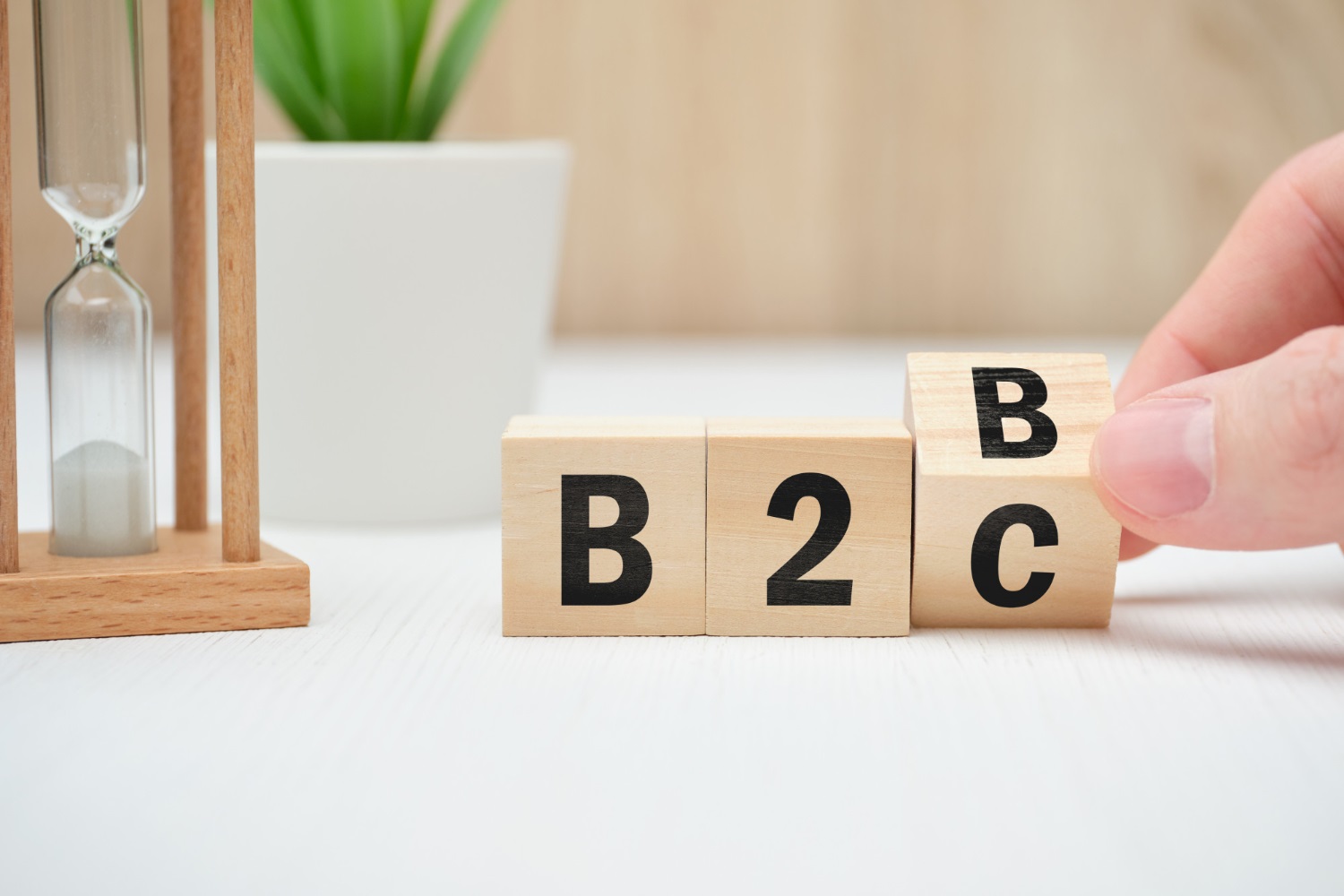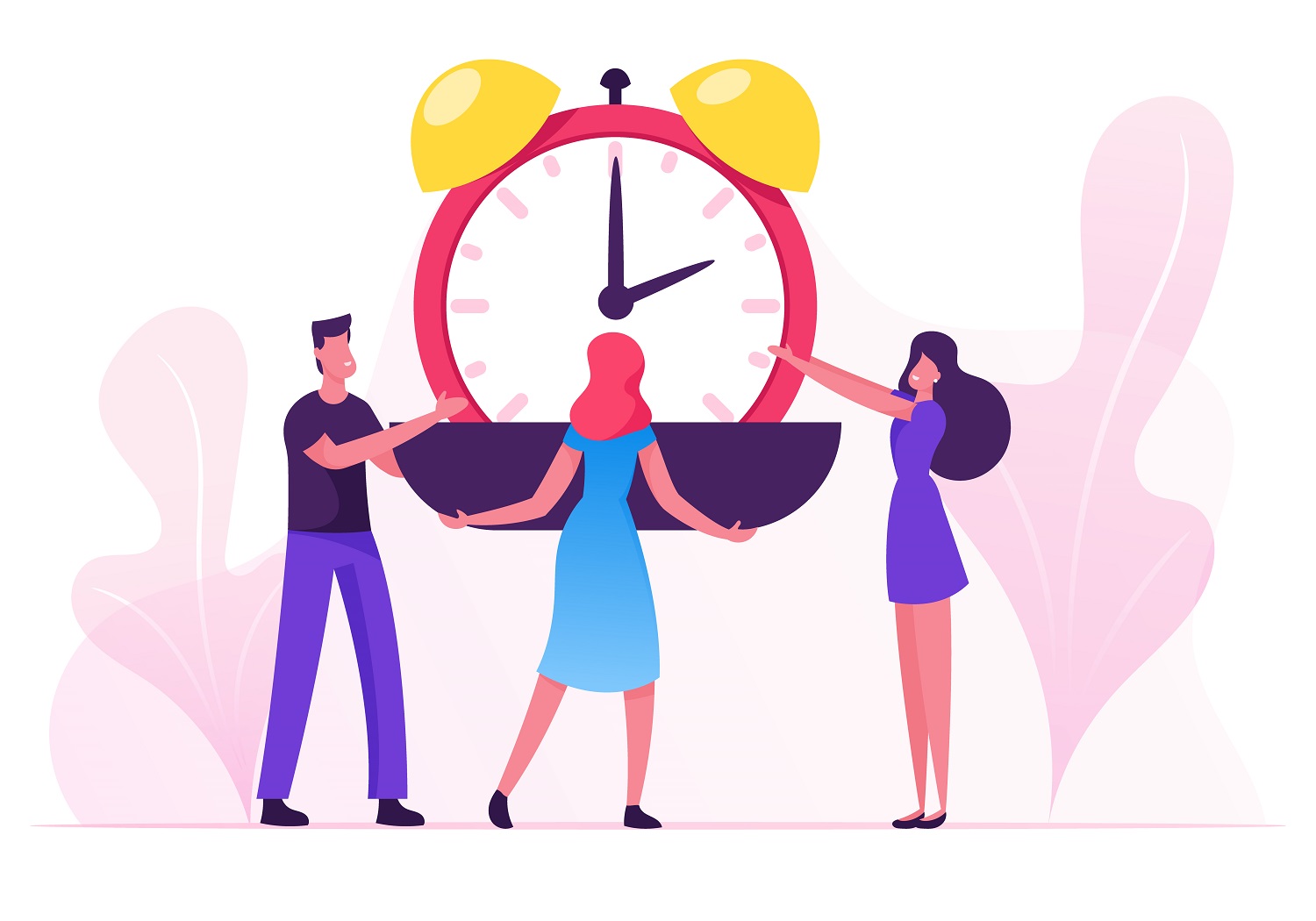5 Major Differences Between B2B Sales And B2C Sales Models
People generally assume that B2B and B2C industries more or less use the same tactics in marketing and sales to generate leads and customers. However, considering the fact that the end customers are functional businesses in B2B, and individual common consumers in B2C, there is a stark difference in the way each of them responds to marketing initiatives.
When selling to businesses, there are a lot more aspects to be considered, as the product or service being sold carries more at stake, both in terms of value and usage span.
While in B2C, products or services can be bought impulsively by customers, in B2B there is inevitably a lot of thought, research and deliberation involved.
Suffice it to say, the two industries differ greatly in terms of the sales model.
To put things into perspective, the sales model refers to the way in which products and services are sold to end customers. Starting from product design to introduction to marketing and even after sales services, the methods and practices adopted by businesses in B2B and B2C, collectively make up the sales model.
This is why there are significant differences between the two industries – a fact that marketers and sales personnel especially need to keep in mind when crafting campaigns to sell.

Here are 5 major differences to remember.
5 major differences in B2B sales and B2C sales models
Timeline of relationships
Customer relationships are undoubtedly of prime importance in both B2B and B2C sales models. The difference lies in the time period of each customer relationship.
In B2B, relationships have to be carefully nurtured and carried forward right from the point of the first contact. B2B sales have high ticket prices and as such, it needs long considerations, multiple decision-makers, trials, and a form of trust in the product/service. Companies will only buy from other companies they can trust to deliver, especially when the product in question requires a huge amount of investment. In order to establish this trust, businesses need to exhibit transparency and reliability in their entire approach, starting from the point a lead is generated.
The timelines of customer relationships in B2B run far and deep. Even after a lead becomes a paying customer, there is a need to further maintain a good relationship through after-sales services and customer support.
Products like cars or other vehicles, do involve a huge investment. In this case, after-sales services are also just as relevant as B2B. For the same reason, the relationship timelines stretch longer.
Even so, customers are driven by brand positioning as well, in which case, the trust factor has already been established.
The Buying Process and Decision-Makers Involved
The buying process or the buying journey in B2B is much longer than in B2C. As mentioned before, B2B products are always an asset or an investment for the customer company, which is why its purchase is something that requires careful thought and deliberation.

Furthermore, in most businesses, the purchase decision is taken by more than one person. Studies suggest that there can be an average of up to 8 people involved in a buying decision in business.
This also means that the buying process apart from extending longer is also much harder where marketers and sales reps or sales engineers need to influence and convince more people. Naturally, it requires more patience and more strategic marketing measures.
In the case of B2C though, the buying cycle is fairly shorter with mostly only one person involved in the purchase decision. In many cases, customers end up purchasing at the first point of contact. The persuasion and convincing aspects are hence a lot easier since the interest can be easily converted to a sale with just a few right messages, without having to sustain it for a long period of time.
Lifetime Value (LTV) / Deal Value of Customers
In B2B, the customer lifetime value or the LTV is one of the most important metrics considered in growth and acquisition. It refers to the average revenue that a customer is likely to bring into the company if you sustain a long-term relationship with them where they come back for repeated purchases. It also determines the quality of a lead, which helps marketers decide how much they are worth investing time and effort in.
On the other hand, in B2C, it is the deal value that determines the quality of a lead or a customer, since the products are mostly one-off purchases. Customers may return back for more purchases in B2C as well, but in most cases, it is not related to the first purchase. Hence it is more of an indicator of brand value and product quality. It does not count as regular revenue.
Sales Experience
The sales experience involves everything from developing creative strategies to generating leads and pushing sales to following up with customers and closing deals. This process is a lot longer in B2B as it takes careful analysis of the target audience, and developing highly strategic marketing strategies along with the right talent to put the plan into action. It requires marketers to not only know their product inside out, but also their customers, including their website behavior and purchase patterns. In short, the entire sales experience has to be a lot more personalized and fine-tuned for the customer base.
In B2C though, the sales experience is much shorter where the marketer takes a shorter learning curve to get a hang of the product and the audience choices. Since purchases happen more frequently, with many factors influencing the purchase decision, it takes lesser time to develop strategies for the same.
Customer Acquisition Cost (CAC)
In B2B, the customer acquisition costs are usually higher than in B2C, which makes sense if you consider the high ticket price. B2B products and services as mentioned before are usually solid investments for the company buying it. This is why it takes more resources to generate takers for those products.
B2C companies incur lesser customer acquisition costs as the purchases are more casual, less costly and sometimes even impulsive. Simpler marketing tactics can generate ample leads and customers for B2C products.
Conclusion
As is clear from the above 5 aspects of sales models, B2B and B2C companies need very different and unique marketing and sales tactics to generate leads and customers.
This explains why, contrary to popular notion, what works wonders in B2C may not work in B2B and vice versa. That being said, there is nothing that beats a detailed audience study and exclusive personalized offers for customers, whether it is B2B or B2C.
Sell more, understand your customers’ journey for free!
Sales and Marketing teams spend millions of dollars to bring visitors to your website. But do you track your customer’s journey? Do you know who buys and why?
Around 8% of your website traffic will sign up on your lead forms. What happens to the other 92% of your traffic? Can you identify your visiting accounts? Can you engage and retarget your qualified visitors even if they are not identified?



